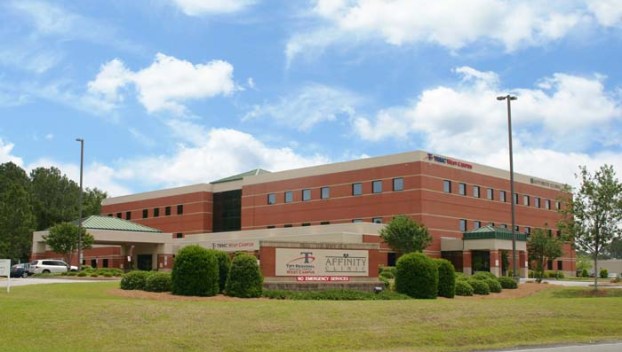
Ga Fl News
Public Employers: Hospitals, schools play major economic role in their communities
TIFTON — Annsley Mathis and Whitney Chung got into nursing for similar reasons. For Mathis, it was simple: ... Read more

TIFTON — Annsley Mathis and Whitney Chung got into nursing for similar reasons. For Mathis, it was simple: ... Read more